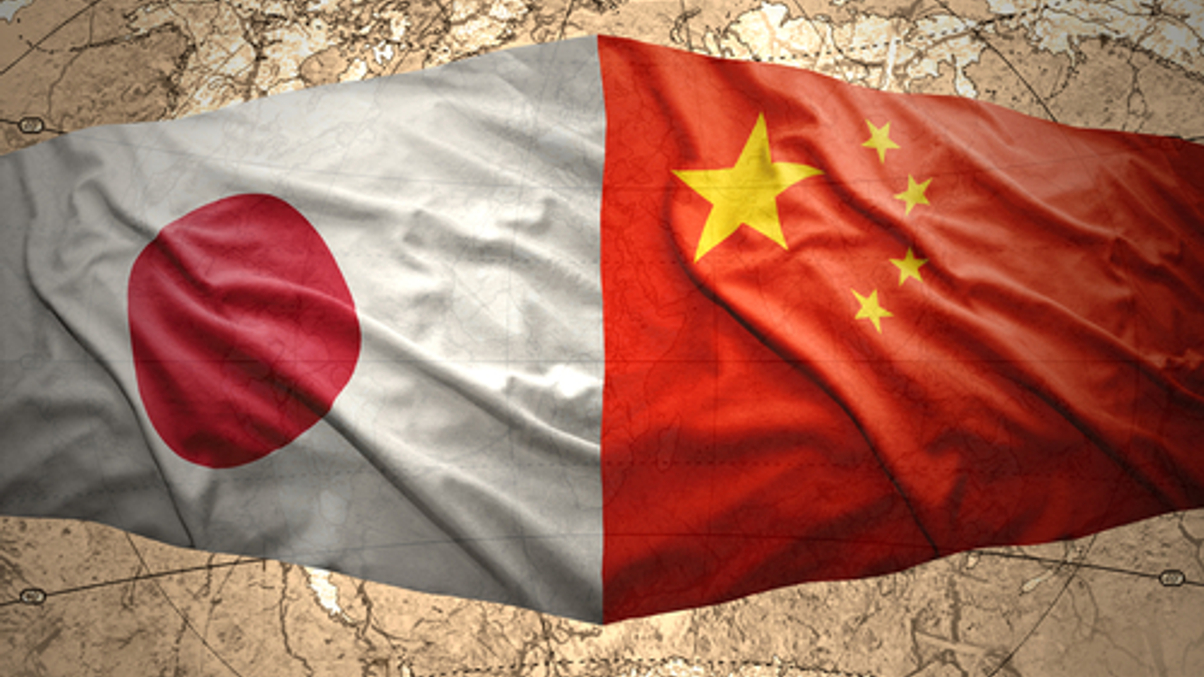Hurdles remain for China-Japan ETF Connect scheme
Investors' interest in the mutual market access scheme is muted, but the Chinese securities regulator is already mulling a new connect programme with Singapore.

China’s pioneering exchange-traded fund (ETF) Connect scheme with Japan has not been an overwhelming success, but that is not stopping the China regulator from planning another such tie-ups with Singapore after introducing its second ETF Connect scheme with Hong Kong in August.
Sign In to Your Account
Access Exclusive AsianInvestor Content!
Please sign in to your subscription to unlock full access to our premium AI resources.
Free Registration & 7-Day Trial
Register now to enjoy a 7-day free trial—no registration fees required. Click the link to get started.
Note: This free trial is a one-time offer.
¬ Haymarket Media Limited. All rights reserved.


